August rolls around, and lots of us start looking at the garden with a sad sigh. The cucumbers are petering out. The tomatoes are still going strong, but the first frost (is it really looming already?) will wipe them (and the okra) from the plot until next year. The summer squash is gangly and tired, and we’re wondering if those last blossoms are going to ripen in time.
But wait! Your garden can yield another harvest this year — no need to let it turn into a wilted, brown graveyard. Many plants that thrive early in the spring can be planted again now, giving you both a late fall crop and an over-wintered spring harvest to banish the frost-nipped doldrums for sure.
Seasonal crop rotation, mulch, cold frames, and a bit of foresight will have you pulling fresh arugula, nutrient-packed greens, crisp peas, sweet beets, and parsnips from your cultivated plot as the autumn leaves fall. If you’re used to letting the garden go as summer wears thin, try something new this year with eight winter vegetables you can grow during the gardening “off” season.
Spinach
Did your spring planting of spinach leave you as disappointed as mine did? Our harvest was cut short by a wave of hot Ozark weather that sent many of my plants into bolting oblivion. But with fall comes a second chance at success.
Check out my earlier article entirely dedicated to growing spinach and get your Popeye game on this winter!
Parsnips
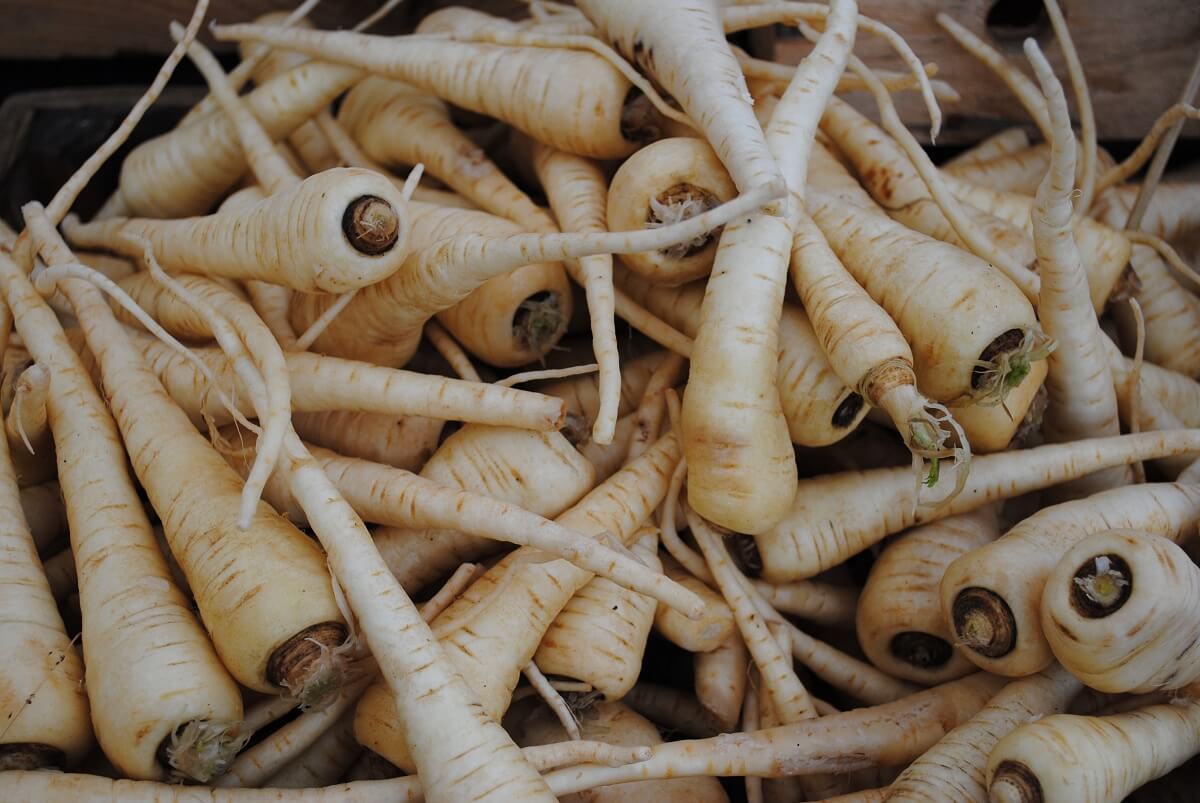
These sweet root winter vegetables have seemed to fall out of popularity in recent decades, but that just means they are poised for a fantastic comeback. Once used as a sweetener before refined sugar hit the European scene, these pale, carrot-like vegetables are delicious raw, roasted, or boiled and mashed with potatoes. You can even try your hand at a historical parsnip pudding to recreate a little bit of the 1700s in your modern kitchen.
Parsnips take a long time to mature — sometimes up to 150 days — so if you haven’t planted them this year, plan to get them in the garden next spring. Then, you can enjoy digging them from the garden after the first frost of fall. Their long growing time is more than made up for with their hardiness. You can plant these long roots from zone 2 and warmer.
If you struggle with rocky soils (like I do), you could try shorter-rooted varieties like Fullback. Otherwise, if you are able to provide the deep, uncrowded soil that they love, Hollow Crown and Harris Model are some favorite cultivars that produce long, tender roots.
Related Post: How to Protect Plants From Frost: 12 Clever Methods That Work
For an old gardener’s protip, interplant radishes with your parsnip rows. Radishes are one of the winter vegetables that have a quick germination rate in cold weather and will remind you where the parsnips are. Their fiery little bulbs will help loosen the soil, their greens are fantastic with eggs, and their quick harvest will tide you over while you wait patiently for your parsnips to be ready.
Bok Choy
My love for bok choy is only surpassed by the ease in which it can be grown. If you are unfamiliar with the plant, just get yourself some stir-fry takeout. It’s guaranteed the crisp, sweet leaves of this cabbage will be there, swimming in some zesty sauce.
Related Post: 4 Asian Vegetables You Should Add To Your Garden
These winter vegetables are absolutely divine roasted, fermented, grilled, or eaten raw. Don’t pass over this plant just because it’s unfamiliar! Sometimes called Chinese cabbage or pak choi, these quick-germinating cabbages can be ready to harvest in as little as 45 days. Check out this article for a write-up on growing this fast crop.
Kale
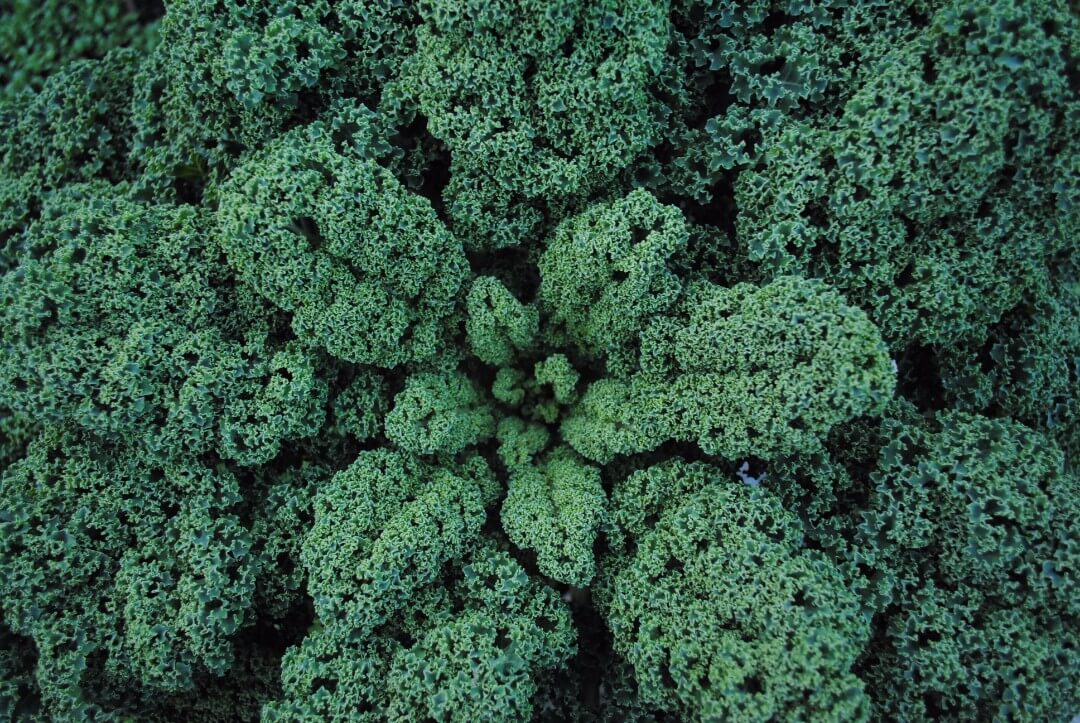
Many gardeners and books confirm that frost sweetens kale’s flavor — as if you needed even more motivation to get this nutrient-dense green back into the ground. As the weather turns cold, the cabbage worms that may have defoliated your spring planting (the jerks) should have moved on which gives you the chance to enjoy some unspoiled leaves.
If you’re a seed saver (something I recommend), your fall plantings of an heirloom variety can overwinter and provide you with seeds in the spring. For more information on growing kale, check out my earlier article dedicated to the green.
Garlic

You may not get any garlic harvest on this side of the New Year, but now — at least 4 to 6 weeks before the first frost — is the time to get garlic cloves in the ground. If you’re not planning on growing garlic, change your plans!
Related Post: Growing Garlic
This pungent Allium is both delicious and medicinal, and we quite literally use it every day on our homestead. Planting garlic is initially quite an endeavor, but gardeners in zones 3 through 8 could be rewarded for their efforts with two harvests.
The Baker Creek formula for garlic success:
- Apply a 3-inch layer of manure over the soil of your garlic bed.
- Add any soil amendments like bone meal, phosphorous, or wood ashes now — depending on what kind of soil you have.
- Mound the hill you’re creating a little bit to facilitate drainage.
- Push garlic cloves into the ground with the pointy end up and the blunt end facing down, about 6 to 8 inches apart.
- Now, add 5 inches (yes, five!) of straw mulch to cover them for the winter. Snow and rain will compress this protective blanket down to about an inch, and though garlic will have no problem poking its bright green spears through the cover, growth-inhibiting weeds probably won’t show.
Though you won’t be able to harvest the (hopefully) plump bulbs until late spring or summer, if you have planted a hardneck variety of garlic, you will be able to harvest the delectable garlic scapes in the spring. Not only are they an absolutely amazing delicacy, but removing them will actually improve your future garlic harvest.
I would recommend planting a variety of garlic from the excellent-storing silverskins to the scape-forming hardnecks and lovely-to-braid artichoke types.
Sugar Snap Peas And Snow Peas
On our homestead, there are never enough peas. About 80% never make it in the house for more than 10 minutes! I’m so glad that the arrival of cooler weather gives me a chance to try to plant these sweet green treats again and maybe have enough that survive our snacking to actually freeze some for the winter (spoiler alert: not likely).
As legumes, peas don’t need rich soil. They’ll enrich it for you and create fertilizer for next year through their roots. Just be sure to remove spent plants from the aerial stem up and leave those roots in the soil to your benefit. They also don’t mind crowding, so be liberal with your seed distribution. Really, the more the merrier.
Peas are pretty hardy when it comes to cold weather … if they’re established. A wave of hot weather or extremely cold weather when they are still sprouting will hurt their progress, so planting them is always a bit of a gamble. To boost your chances, avoid sweet peas and shelling peas as they require more time to mature.
You can also help sprouts by watering them well during the end of summer, and planting them in an area of the garden that gets a bit of shade at some point during the day. Gardeners in zones 2 through 9 should try their hand and see what they get!
Arugula
These zingy, peppery leaves are fabulous in a salad, of course, but are versatile in many more ways. Hot weather actually makes these greens unpalatably bitter and hot for some people, making arugula a prime candidate for cool fall and winter growing.
Plant rocket (as it is also known) in pretty much any quality soil. They’ll even sprout in cold soil in zones 3 through 6. Arugula needs plenty of water but hardly needs fertilizing if you’ve been taking care of your soil throughout the summer.
I have a fondness for fast-to-harvest winter vegetables because they make the waiting for everything else to ripen a little easier. These bluish, lobed leaves are usually ready to pick only 40 days after seeding which gives you a bountiful crop well before the snow flies.
Successive plantings will keep these perishable leaves coming. And don’t just stop at the leaves! If your plants do end up bolting in the variable fall-to-winter transition, just toss in the edible white flowers, green flower buds, and unripe seedpods in the salad bowl as well!
Beets Or Swiss Chard
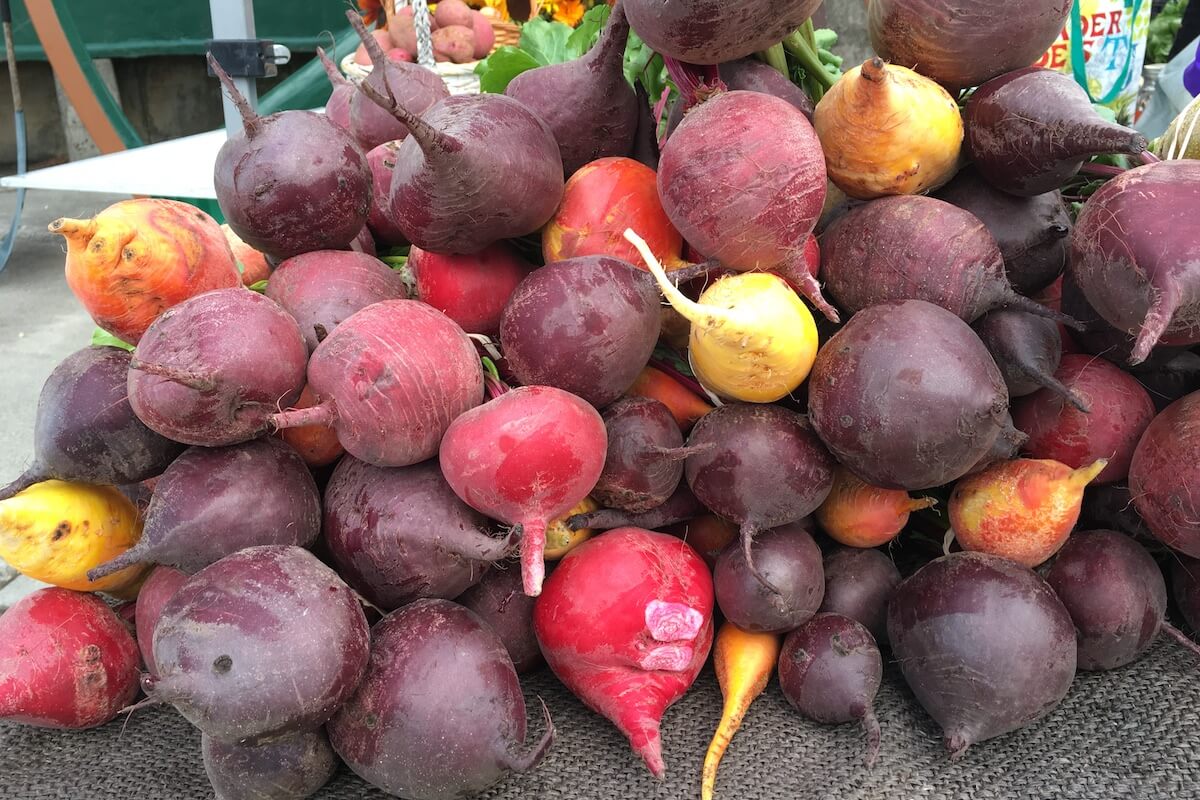
I lump these winter vegetables together because they’re close relatives, but if you want to save seeds, don’t plant both at the same time in the same area. Do plant them somewhere because I’m not sure if there’s any vegetable more beautiful to behold than a freshly sliced beet. And a mound of rainbow-veined leaves poking out of a harvest basket is pure gardening goodness in a single image.
Related Post: Companion Planting For Beets
Beets thrive in cool weather, and grow anywhere from zones 2 through 10. They laugh at frost — though hard freezes will damage them. Plan on getting seeds in the ground six weeks before the first projected frost. Though they are a root crop, they’re actually pretty shallow-rooted, so be careful when hand weeding around them. It may be best to build a mound for comfort and ease of growth.
If you overplant (which is actually recommended) you can use the thinnings at any stage. Baby beets are adorably delicious! Additionally, do NOT waste those beet greens when you harvest. They are packed with flavor and nutrition and make a wonderful sauté.
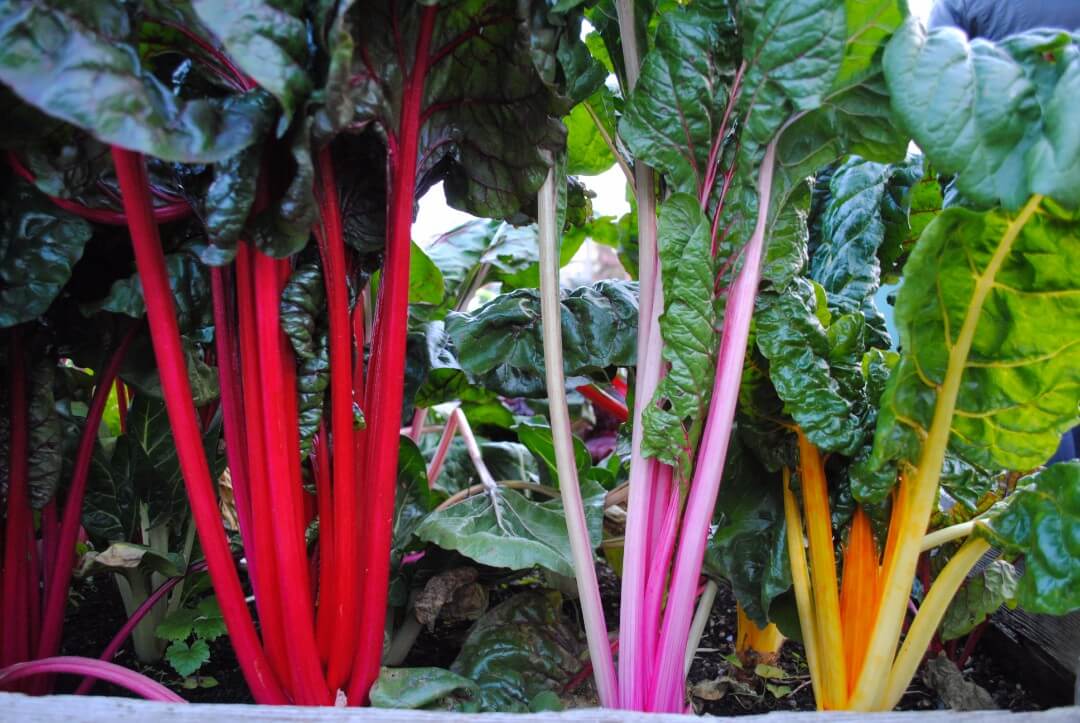
Swiss chard is an absolute garden champ for both cold and hot weather. It does best in zones 3 through 10 and should be planted about 40 days before the first frost date in your area. Give them a well-draining area of the garden that is either full sun or partial shade. Check out the “Bright Lights” cultivar for multicolored delight to spring from your garden beds.
Some Tips For Succesful Winter Vegetables
Try it! I know you may be a little tired and burned-out after all the summer’s hard work, but getting a fall crop will make excellent use of your garden space.
This is particularly true for you urban growers with limited areas to garden. It extends the joy of watching things grow well into the winter. If nothing else, at least try to plant a green manure cover crop over your garden to protect and feed it through the winter.
Apply Lots Of Mulch
Mulch is your best friend when it comes to any gardening season, but it’s especially important during fall gardening. A thick layer of mulch will help keep your winter vegetables warm as the temperature dips and may extend your growing season just a little bit longer.
Consider Your Location
Take advantage of the compass. For you, northern hemisphere gardeners, orient your fall garden toward the south or take advantage of any southern-facing brick walls. The sun will warm the wall, and the radiant heat will keep plants growing much longer.
Skip The Containers
Realize that above-ground pots and boxes, and even raised beds will freeze much earlier than the ground itself. In many instances, root crops can be safely and handily stored in the ground until it’s time to use them. Potatoes are an exception–they should be harvested and cured before the first frost.
Utilize Cold Frames And Row Covers
Both cold frames and row covers help to keep frost off some tender winter vegetables and extend your growing season. Just be sure that the plant itself is not touching the plastic surface. They can freeze from the contact.
I know I haven’t covered nearly all the crops that might make a fall debut — what ones have I missed? What winter vegetables are you putting in your garden this fall? And, for you seasoned green-thumbs, what tips would you add to my list? Let me know in the comments below, and happy fall planting!


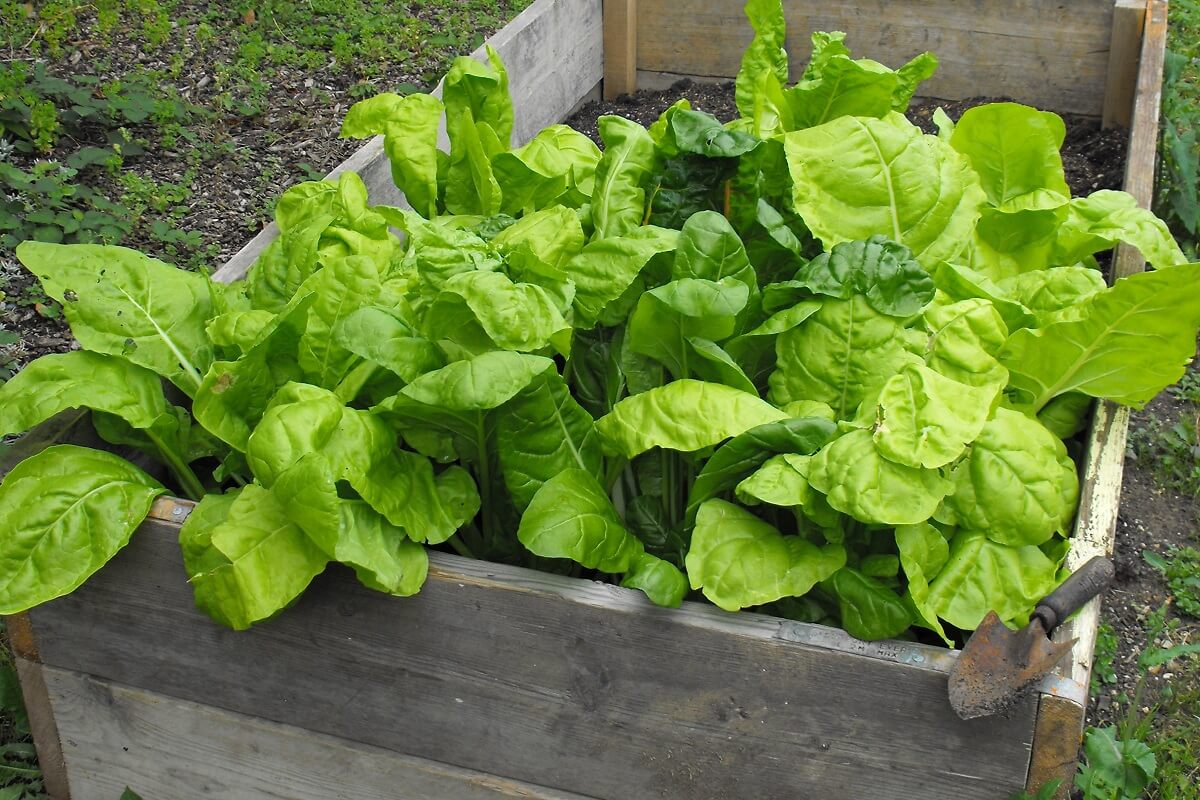
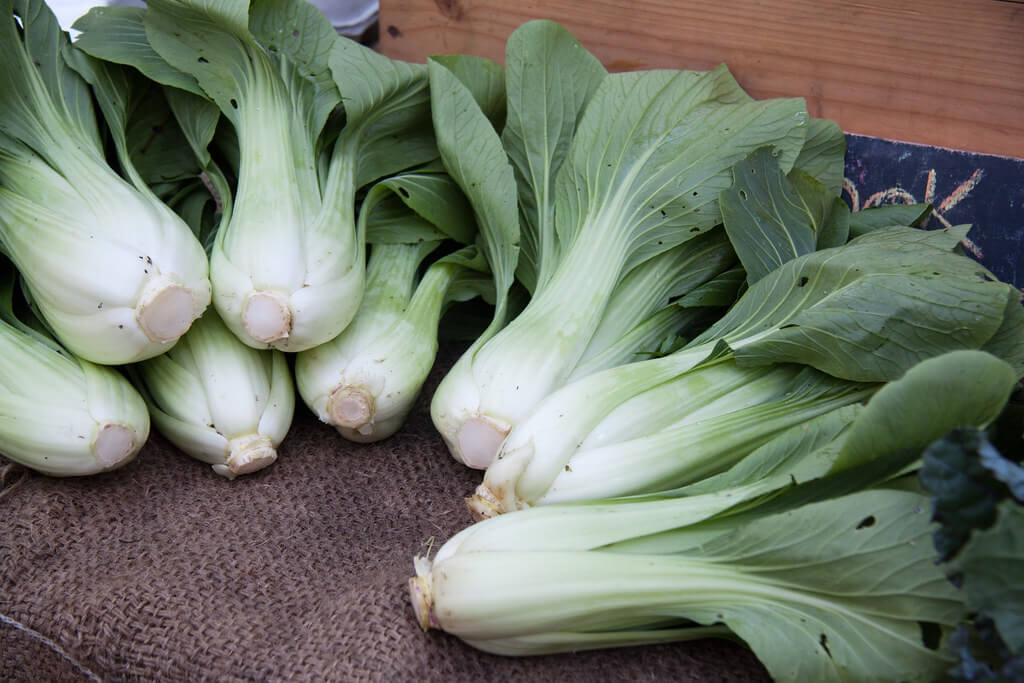
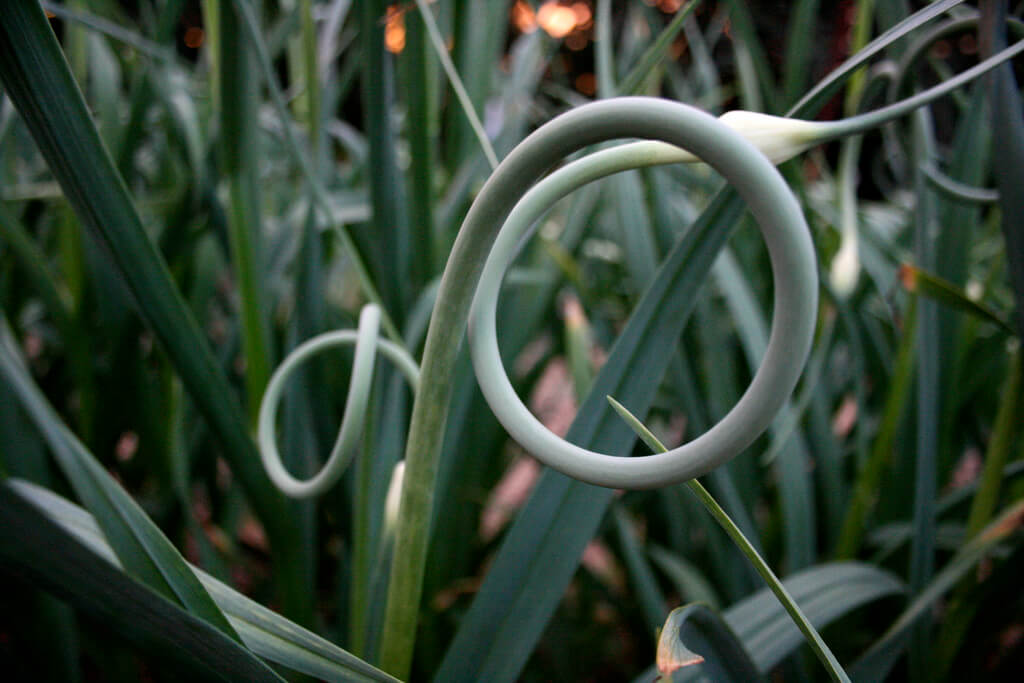
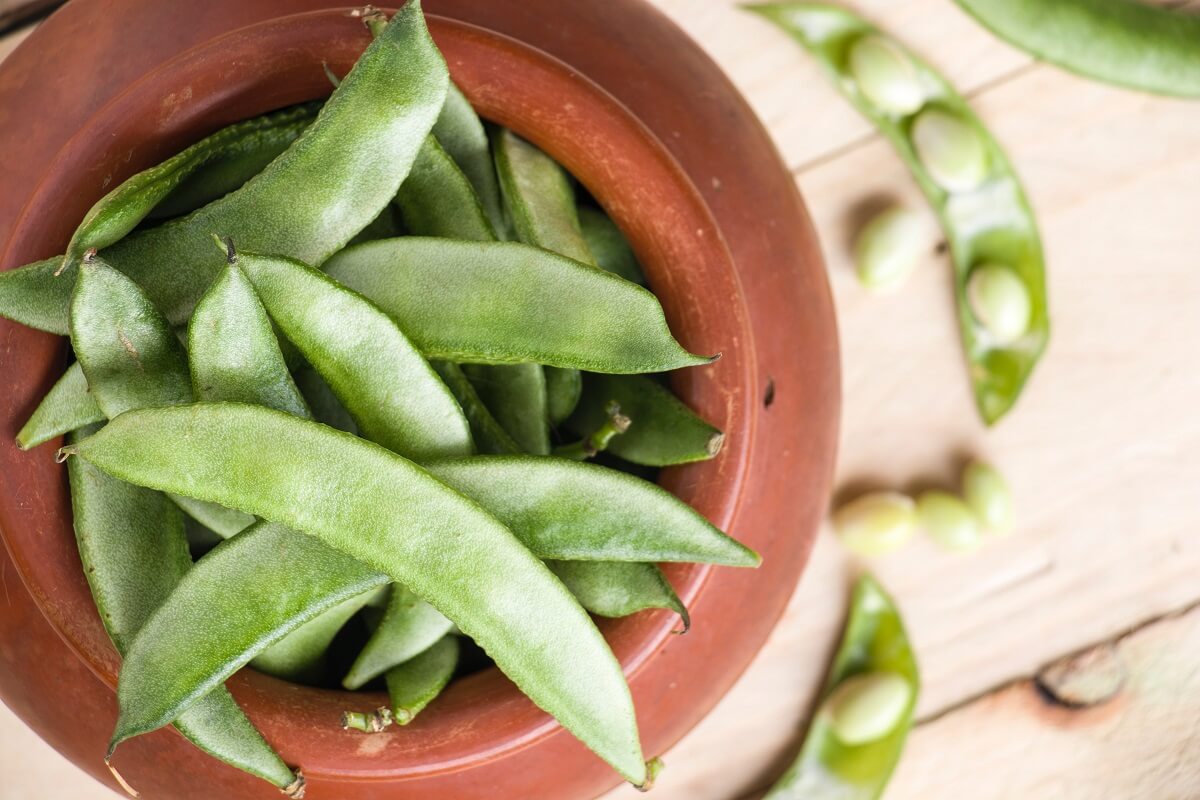
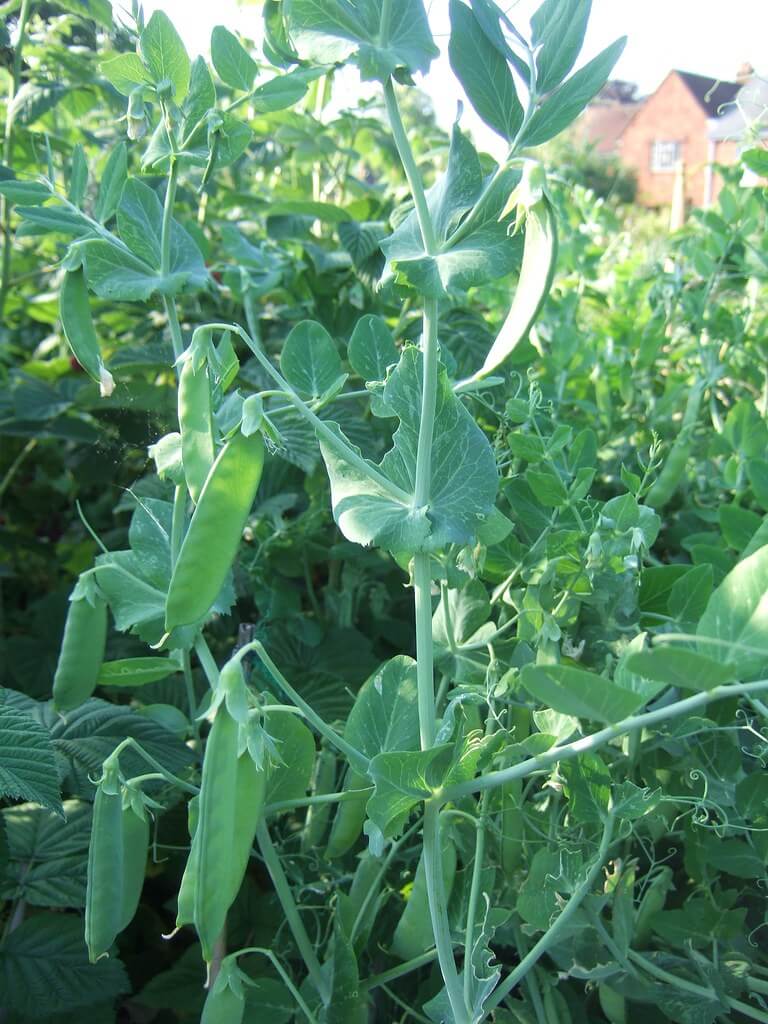
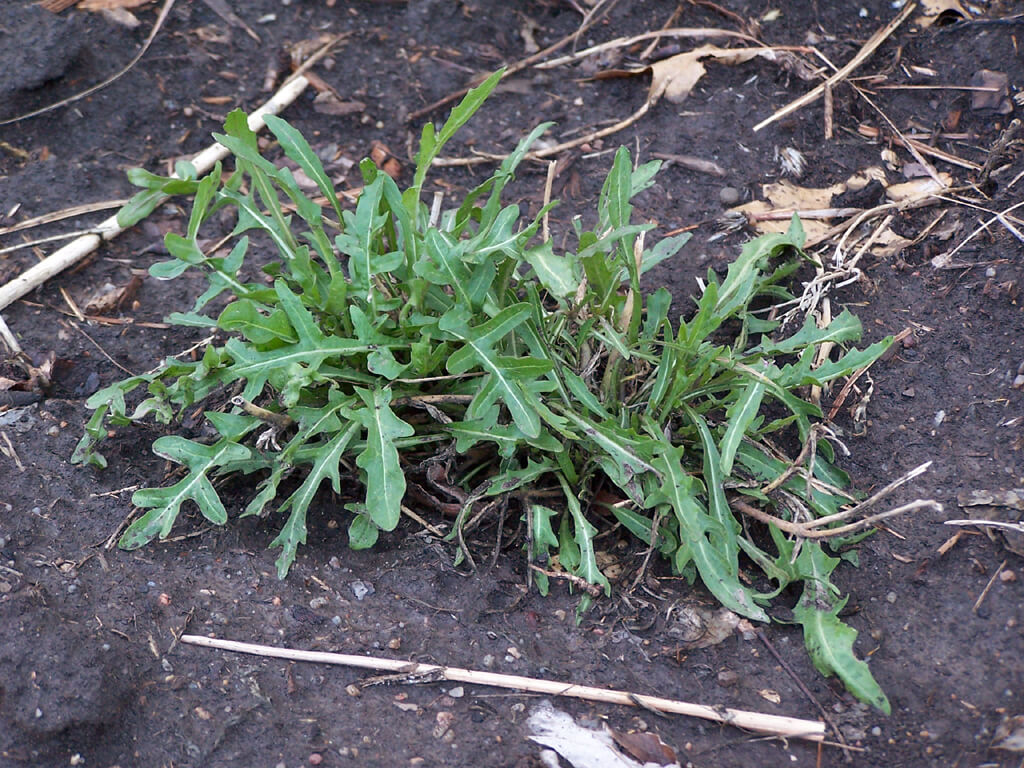
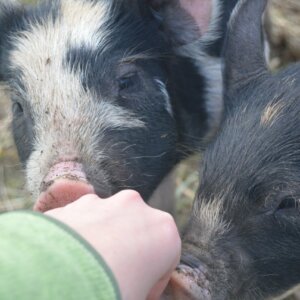

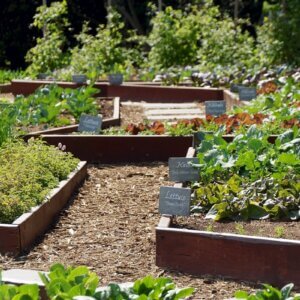


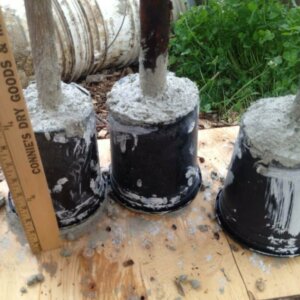
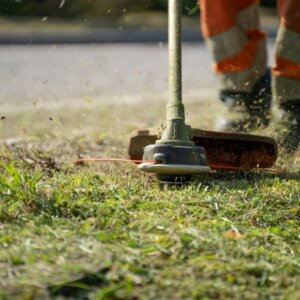




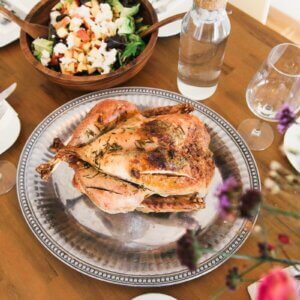
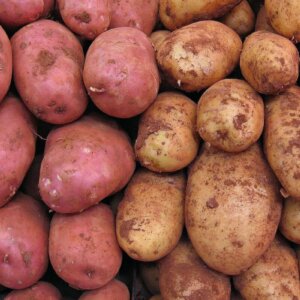

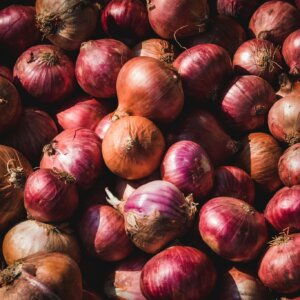
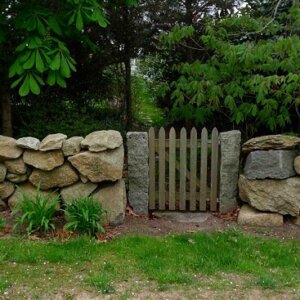
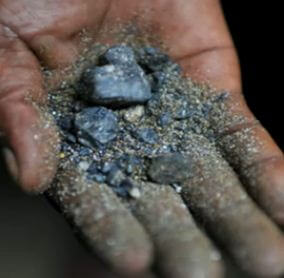
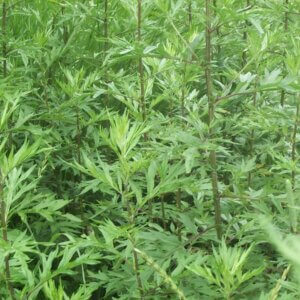
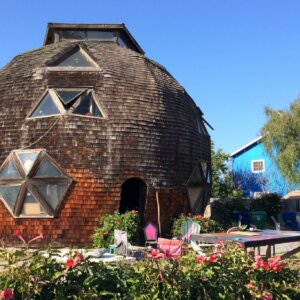


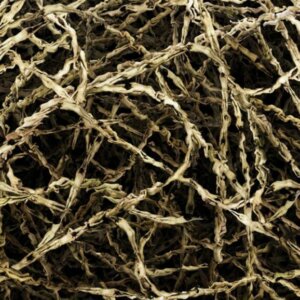


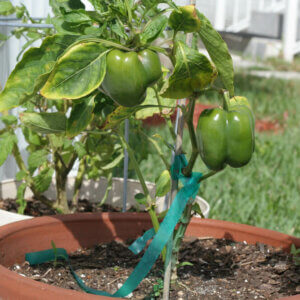
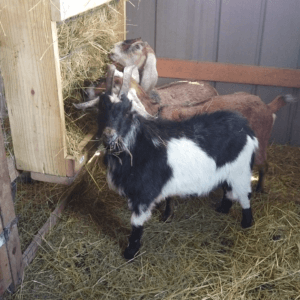
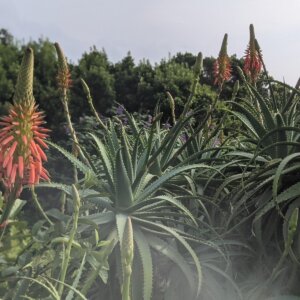

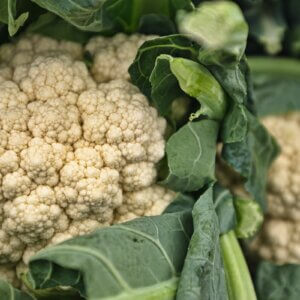


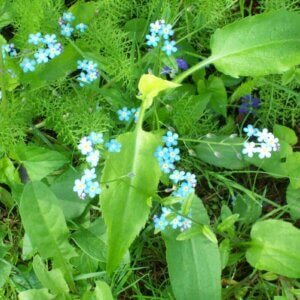




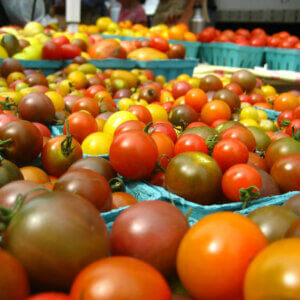
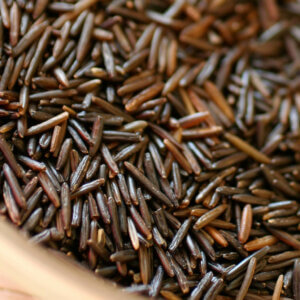
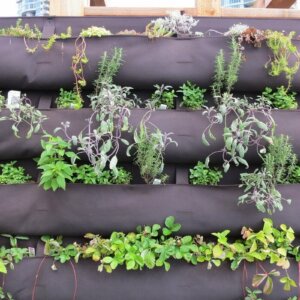

Not only have I never grown Swiss chard, I’ve never eaten it. Not exactly on every restaurant menu! Could you please give more information on ways to prepare it?
Absolutely! You can think of swiss chard in the same way you think of spinach, in terms of use–it’s delicious sautéed with garlic, mixed in with soup, made into a pizza topping, added to pasta, or stuffed in one of my personal favorites, a fatayer pie (https://www.simplyleb.com/recipe/spinach-fatayer/). If you end up with the rainbow variety of swiss chard, the colorful stems are wonderful in stir-fries as well–they really jazz it up!
Hope that helps, and thanks for your comment! The tupelo trees are already turning red in our part of the mountains–I hope your fall is equally as beautiful. 🙂